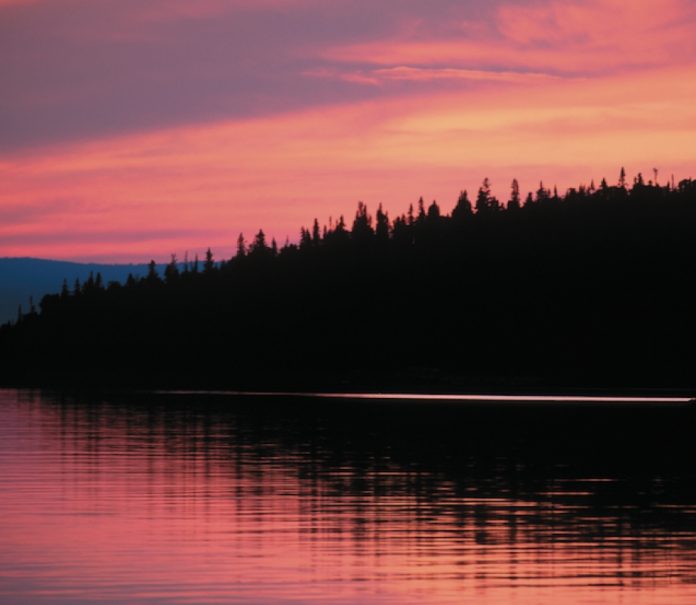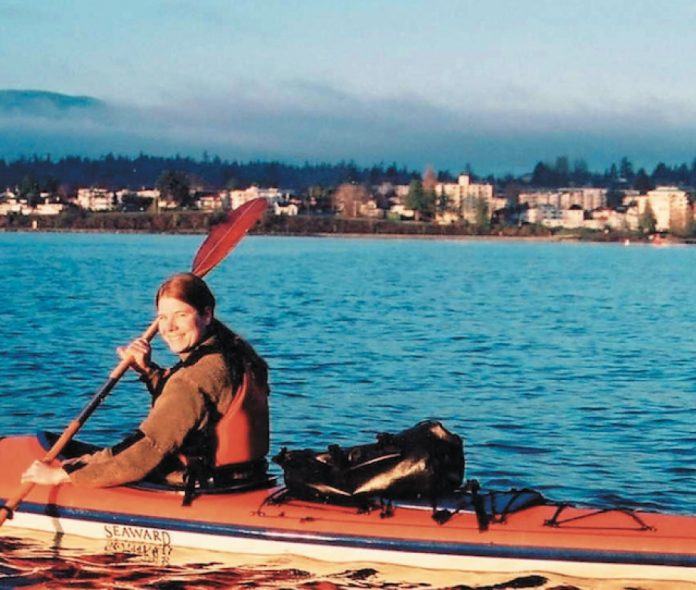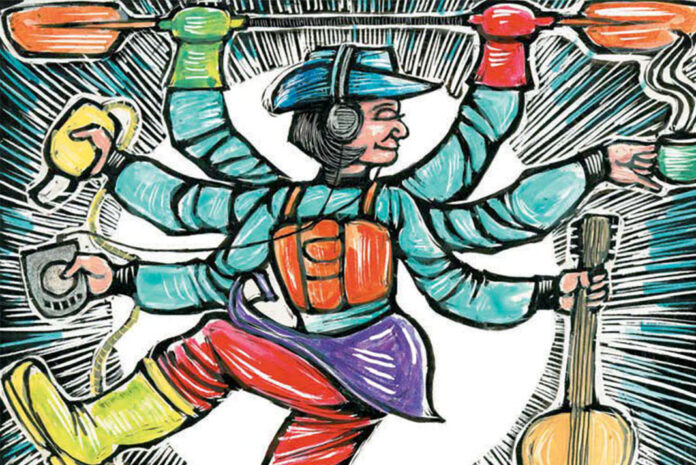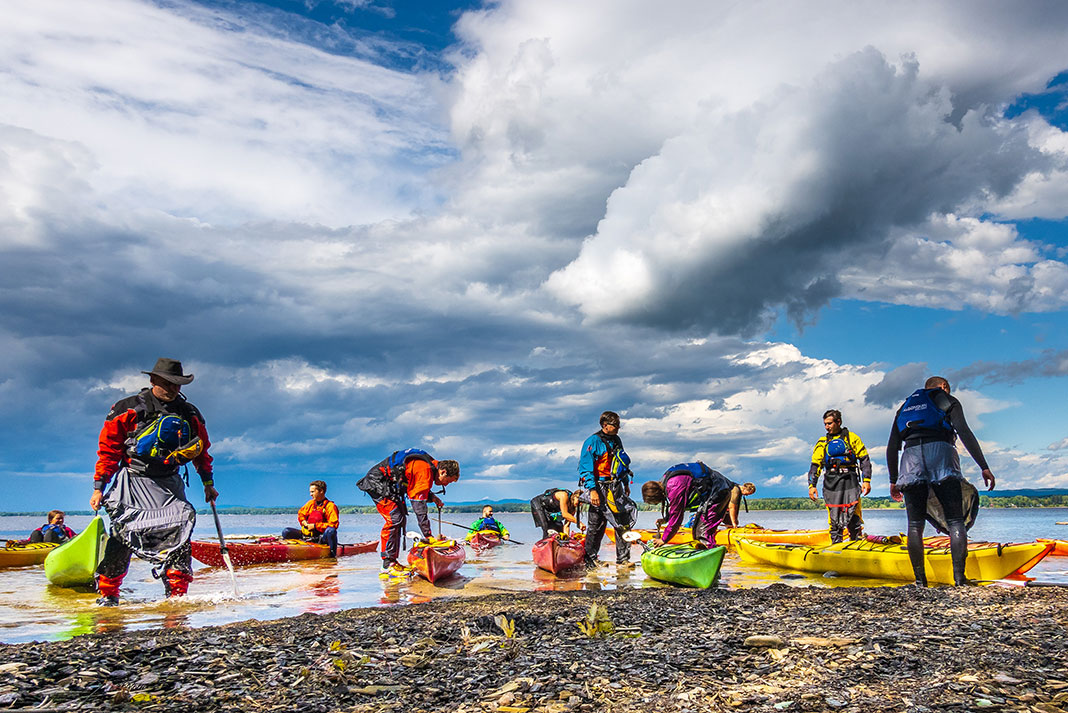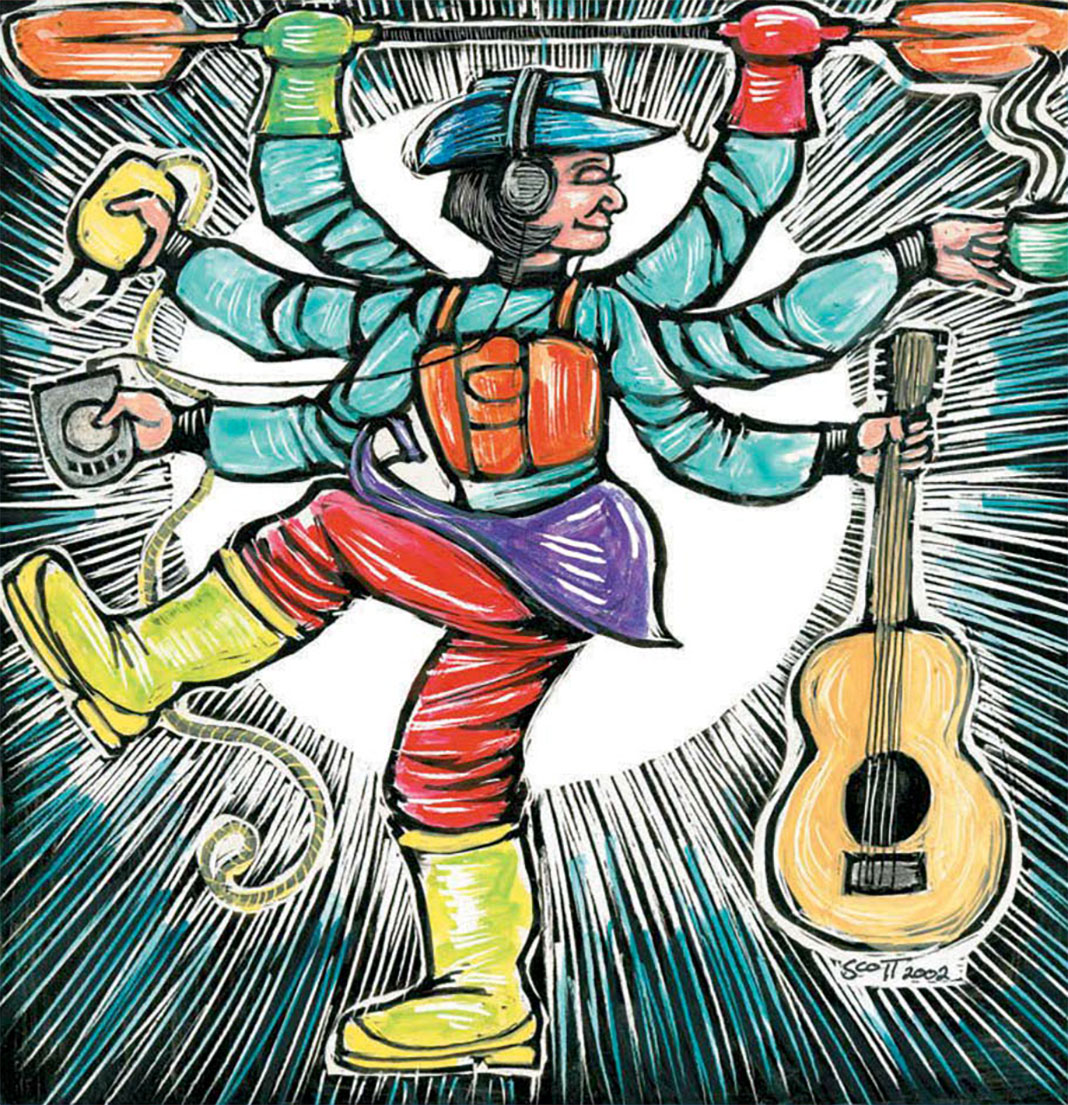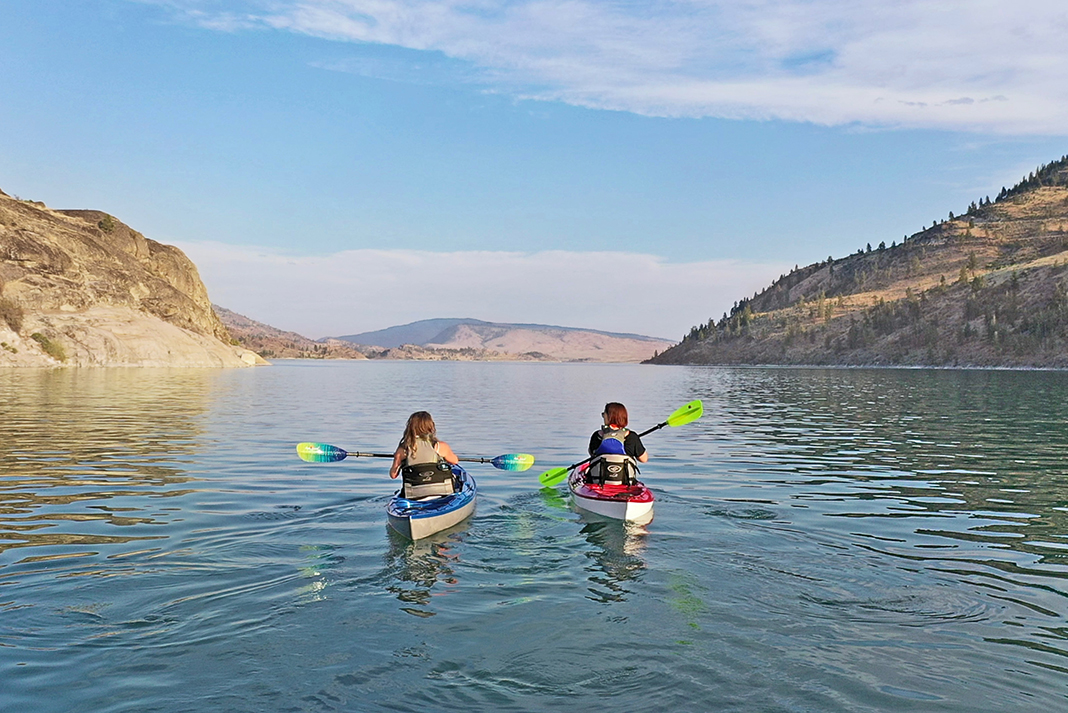David Lech, Ottawa ON: Planning a self-supported kayak trip you struggle to leave behind the comforts of home yet discover on the river that you possess absolutely everything you need.The minimal gear and food that you are able to take actually reinforces the vastness of the land- scape, the power of the water, the vagaries of weather and the foolishness of your ambi- tion and pride. Most of all, wherever you may explore, expedition kayaking teaches you to rely on yourself.
Derek Endress, Whitehorse YT: I look up at Ken standing at the put-in for the Alsek River, gear and food strewn around us. We are just outside of Kluane National Park in Haines Junction, Yukon. He just smiles when I tell him I can’t fit everything into his Dancer. On two days notice I bor- rowed his spare boat for a 12-day unsupported trip to look at the notorious Turnback Canyon. Ken looks at me, “Hey, you could wear the backpack you have to get your gear around the eight-mile walk on Tweedsmuir Glacier.” Great idea Ken.
Heading down the Dezadeash River into the Kaskawalsh then the Alsek, the first day, of many, goes by with our narrow displacement-hull sterns underwater.Smiling at each other paddling our plastic barges with an additional 20 pounds on our backs, I keep asking him, “Where is the first Class IV rapid?”
Scott MacGregor, Quadeville ON: Expedition kayaking is canoe tripping with two blades and no cappuccino maker.
Stuart Smith, Squamish BC: During solo kayak expeditions, the challenge is recognizing or approaching your limits, be they physical limits—portaging across a range of mountains, paddling a difficult rapid, or dealing with adverse conditions—or mental limits—maintaining the focus needed to do days of hard whitewater, dealing with the intensity of remote and isolated areas where there is no assistance, and the challenge of learning self sufficiency in unknown or changing conditions.
When paddling with a group you add group dynamics.The challenges are not only your own personal tests, but also those of the other group members. The rewards are often greater as the shared experience creates kindred bonds which last the rest of your life.
As with most truly moving experiences the rewards and satisfaction are proportional to the efforts, and oftentimes to the risks. To grow I find myself needing to explore beyond known bounds.
Steve Whittall, Whistler BC: Expedition kayaking represents the ultimate paddling experience, combining the exhilaration of whitewater with a grander notion of river travel and exploration. Running a tough drop three days into a week-long expedition feels very different than paddling roadside. The team’s combined paddling skills allow you to explore with confidence, unravelling the mysteries posed by a few winding blue lines on the topo map. And in the end, whether or not you choose to run the big line is almost irrelevant.
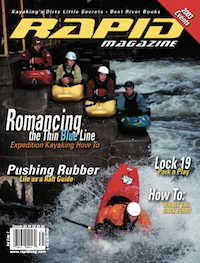 This article first appeared in the Spring 2003 issue of Rapid Magazine.
This article first appeared in the Spring 2003 issue of Rapid Magazine.



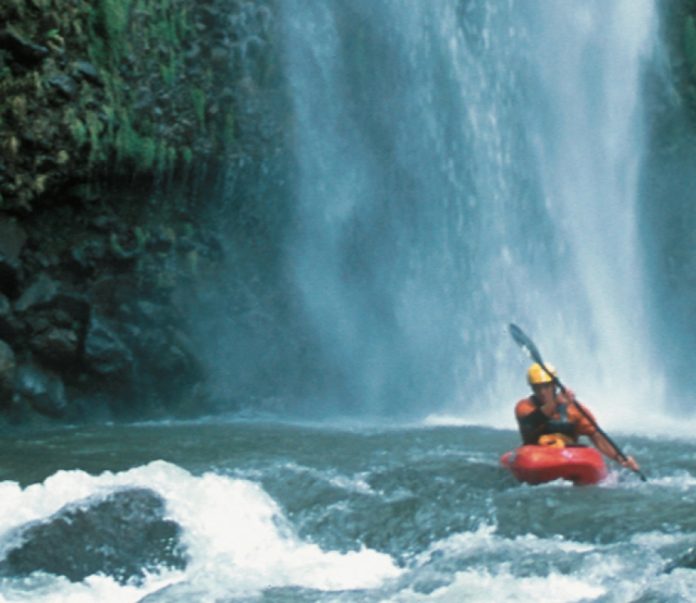
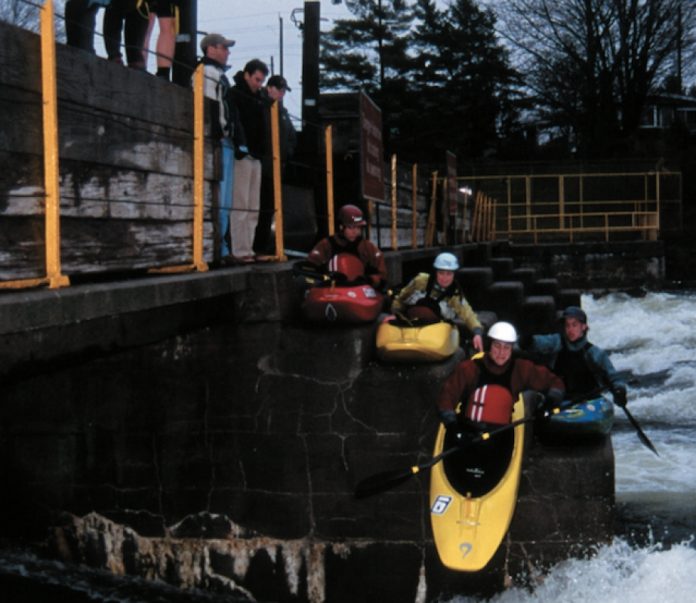
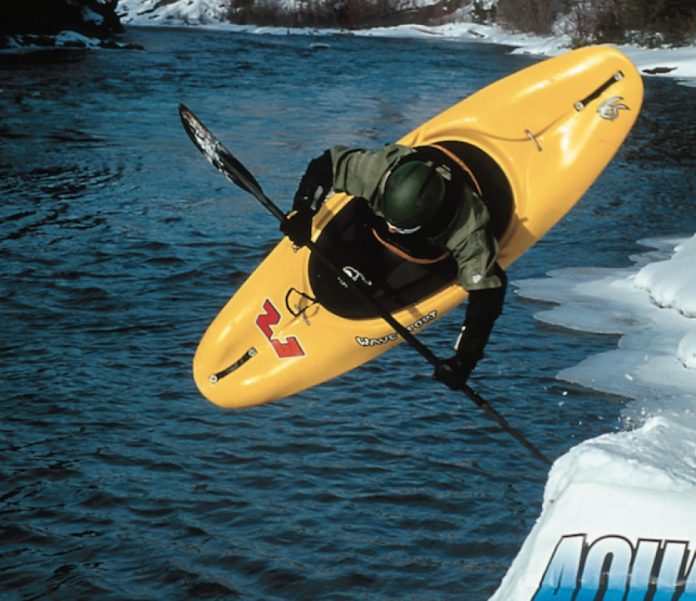
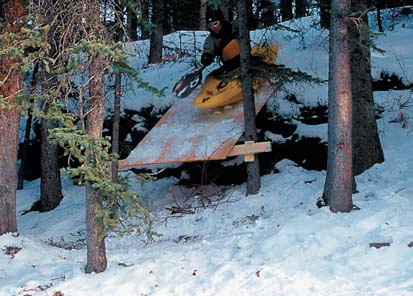
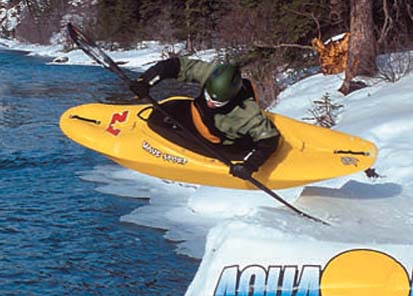
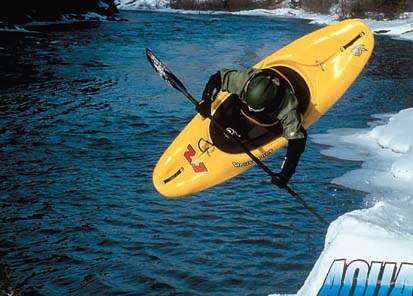
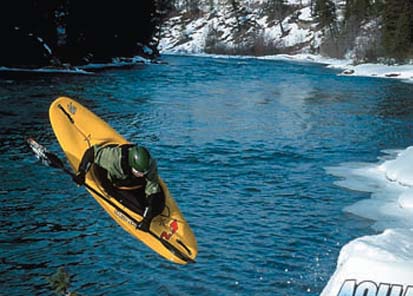
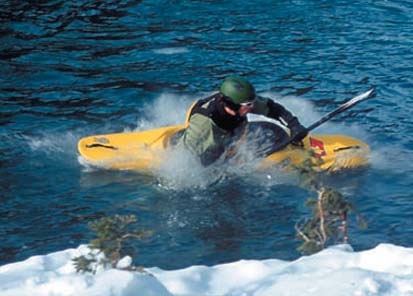
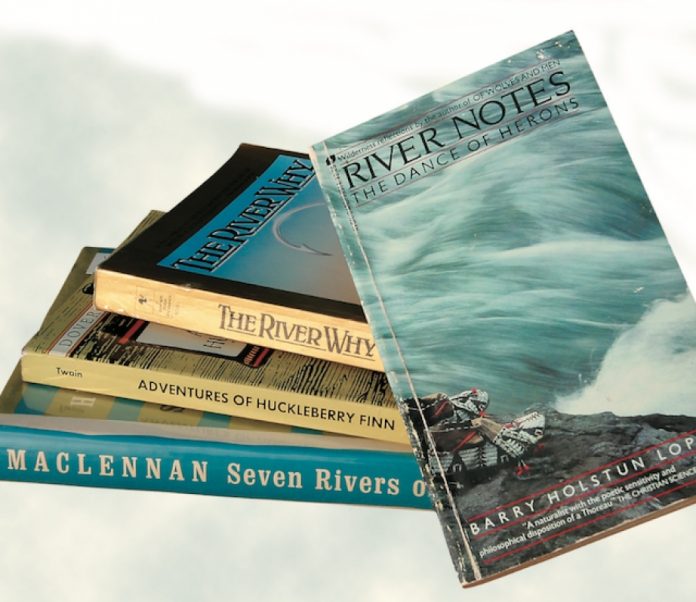
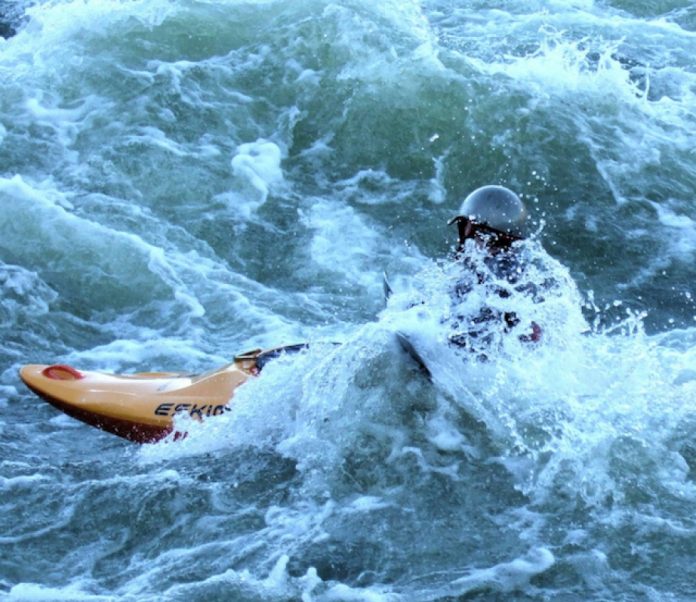
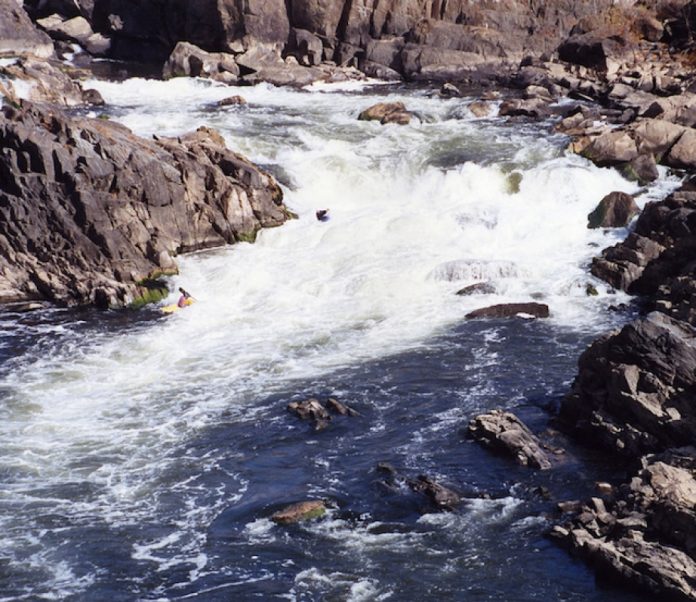
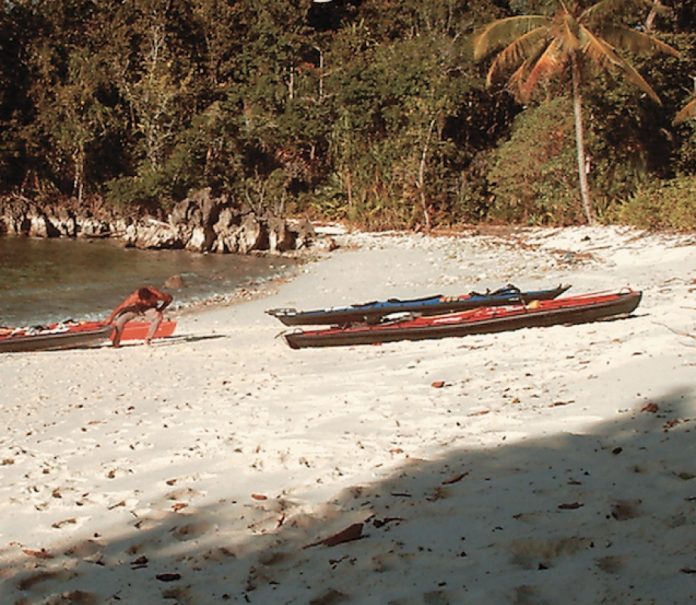
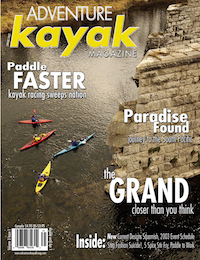 This article first appeared in the Winter 2003 issue of Adventure Kayak Magazine. For more great content, subscribe to Adventure Kayak’s print and digital editions
This article first appeared in the Winter 2003 issue of Adventure Kayak Magazine. For more great content, subscribe to Adventure Kayak’s print and digital editions 